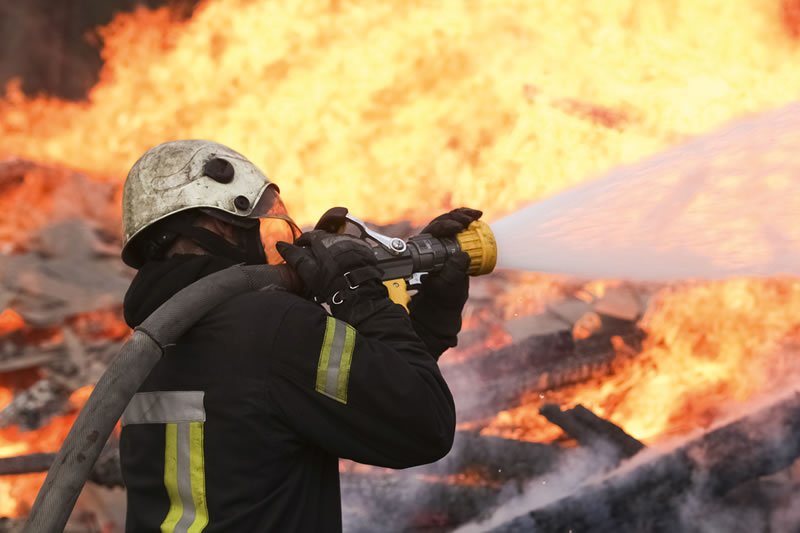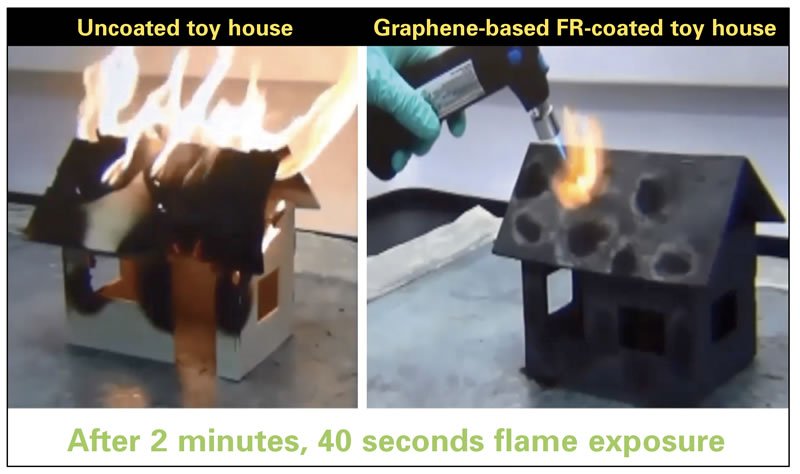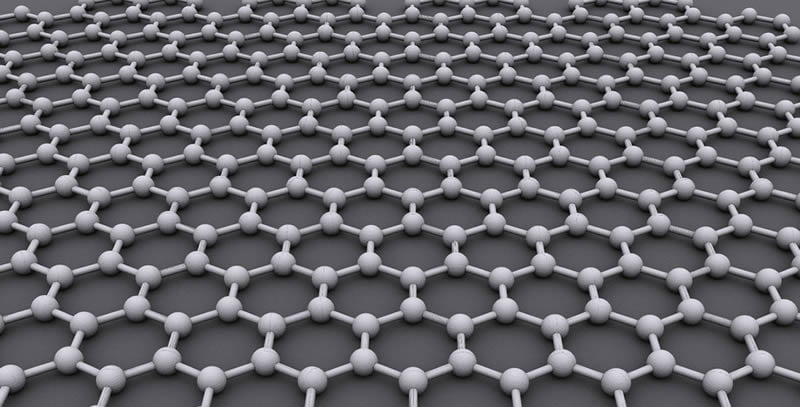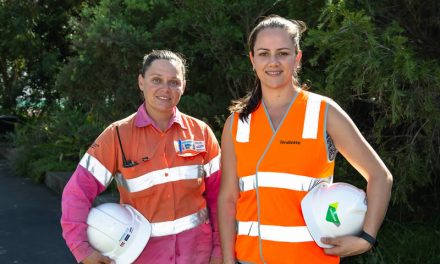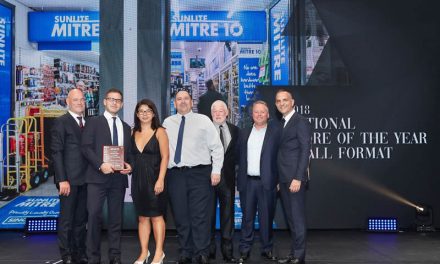Graphene-based fire retardants offer an environmentally safe route to fire protection.
In a new occasional series, TTN looks at emerging technologies of benefit to the frame, truss and engineered timbers sector. This month, Dr. Andy Goodwin, Advanced Materials Advisor at First Graphene Ltd, discusses the potential of graphene as a fire-retardant additive.
Fire remains the number one fear for consumers when it comes to timber construction. In Australia, our fire safety record is strong, but research carried out between 2004 and 2012 estimates 100 fatalities and 3000 injuries per annum1. While the industry also worries about structural strength, acoustic dampening and a hundred other engineering issues, it’s hard to convince the average consumer that fire risk is actually low in modern timber structures, especially given media coverage of catastrophic tower fires overseas. (That these were non-timber structures doesn’t seem to sink in.)
As our cities grow in population and the need for high-density office and residential living increases, our need to prevent, mitigate and control the risk of fire also increases.
Fire-retardant materials are already an integral part of our everyday lives; reducing fire risk in our homes, our workplaces and our transport systems by reducing flammability in electrical equipment, furnishing and construction materials.
In recent years, the advancement of effective fire-retardant additives has been hampered by chemical safety issues with some of the reagents used. Now, research at the University of Adelaide has identified that graphene materials offer a new route to fire protection of flammable items, using environmentally safe additives.
Fire retardant additives
Over the past 70 years our dependence on synthetic materials (notably plastics) has grown enormously. This has been enabled by the development of effective fire retardant (FR) reagents that are added to composite materials or applied as coatings to reduce flammability. There are multiple chemical agents that are known to deliver FR effects, these are often combined within a formulation to maximise their FR impact. These FR agents typically function by one of three mechanisms, shown in Table 1, below.
Until early in the 21st century; brominated and chlorinated reagents were used in FR applications. Then health and environmental concerns were raised about the fate and impact of these compounds. For example, hexabromocyclododecane (HBCD), a brominated hydrocarbon, was a market-leading FR additive until regulators stepped in. In 2008 the European Chemicals Agency listed HBCD as a Substance of Very High Concern,2 requiring authorisation for each use.
Through the San Antonio statement3 of 2010 new restrictions on all brominated and chlorinated FR agents were introduced. Consequently, brominated and chlorinated FR agents have been phased out of use (with the exception of some legacy markets) and the chemicals industry has been actively seeking alternative FR agents.
New research led by Professor Dusan Losic at the University of Adelaide School of Chemical Engineering has identified graphene as a new, effective carbon-based FR additive. The project is sponsored by First Graphene Ltd and is a key project within the ARC supported Industry Transformation Graphene Research Hub4. As the graphene FR additive is a carbon-only solution it does not present the regulatory issues described above.
FireStop testing
Initially, Professor Losic’s team had focused on FR coatings for the protection of timber. A coating formulation has been developed using First Graphene Ltd produced graphene materials. Visual tests carried out on timber samples and timber structures are shown in Fig. 1. These demonstrate the performance of the graphene coatings with remarkable results. The resulting formulation is being commercially developed as FireStop™ by First Graphene Ltd.
“We are really pleased with the initial results on graphene FR additives. The results have been very impressive,” says Professor Losic. “We continue to investigate the mechanism of fire retardancy as this may also be new – our initial thought is that the excellent gas barrier delivered by unique properties of FGR graphene is a key factor.”
The Adelaide University and ARC graphene research team continue to characterise the performance of the graphene additives and is currently collecting standard test data which includes UL 945 and LOI6 testing. The next phase of the programme will develop FR graphene additives for the plastics and composites market.
Recent testing shows that First Graphene FireStop coating performs well at both 450 microns (µm) and 700µm thickness; meeting the UL 94 V-0 requirements at both thicknesses. In comparison, a competitor product does not meet the UL 94 V-0 standard at a coating thickness of 700µm and requires a much thicker coating, in this case, measured at just over 1000µm (or 1mm) to reach the UL 94 V-0 standard.
Commercial development
FireStop coatings for timber protection are being actively developed by First Graphene Ltd Managing Director Craig McGuckin says, “The Adelaide team has made great progress with the science of graphene FR additives. We are now actively working towards commercial timber coating products and we welcome enquiries from formulators, wholesalers and contractors.”
Because the process is a simple coating, it is easily integrated into existing production processes for timber, truss and engineered timber products, opening up a huge range of commercial possibilities. While most mass timbers (CLT, glulam and other engineered timbers) used in modern constructions have innate fire-limiting capabilities, graphene FR technology represents an additional level of security and a significant FR improvement for light timber framing.
The University of Adelaide/First Graphene Ltd team will present further details of their studies at ECOFRAM 2018 – the International conference on Eco-friendly Flame-Retardant Additives and Materials in Metz, France on 28-29 March (ecofram2018.com).
In summary, graphene materials offer a new generation of carbon-based FR additives that are effective in reducing flammability without the use of chemicals of concern. The primary mechanism of retardancy is thought to be the gas barrier provided by high aspect ratio graphene platelets. All research to this date points to a very promising future for this as a commercial product and as a dramatic improvement to fire safety in timber construction.
What is graphene?
Graphene is a newly discovered form of carbon that was first isolated in 2004. In its ideal form it is a single layer of carbon that is thinner, stronger, more flexible and more electrically and thermally conductive than any material previously isolated. Industrial graphene products are typically thin platelets of carbon that are used to modify mechanical, barrier, electrical and thermal conductivity properties of coatings and composites.
Notes
- https://www.riskfrontiers.com/pdf/ga2012-fire28-ashe&mcaneney.pdf
- HBCD listing with European Chemicals Agency https://echa.europa.eu/substance-information/-/substanceinfo/100.042.848
- San Antonio Statement https://www.ncbi.nlm.nih.gov/pmc/articles/PMC3002202/
- Australian Research Council ARC Research Hub for Graphene https://ecms.adelaide.edu.au/graphene-research-hub/
- UL 94 refers to Underwriters Laboratories, USA Test 94. UL 94 is the recognised test method for flammability and evaluates both the burning and afterglow times and dripping of the burning test specimen.
- Limiting Oxygen Index test ASTM D2863 – the minimum oxygen content to support candle-like combustion.

